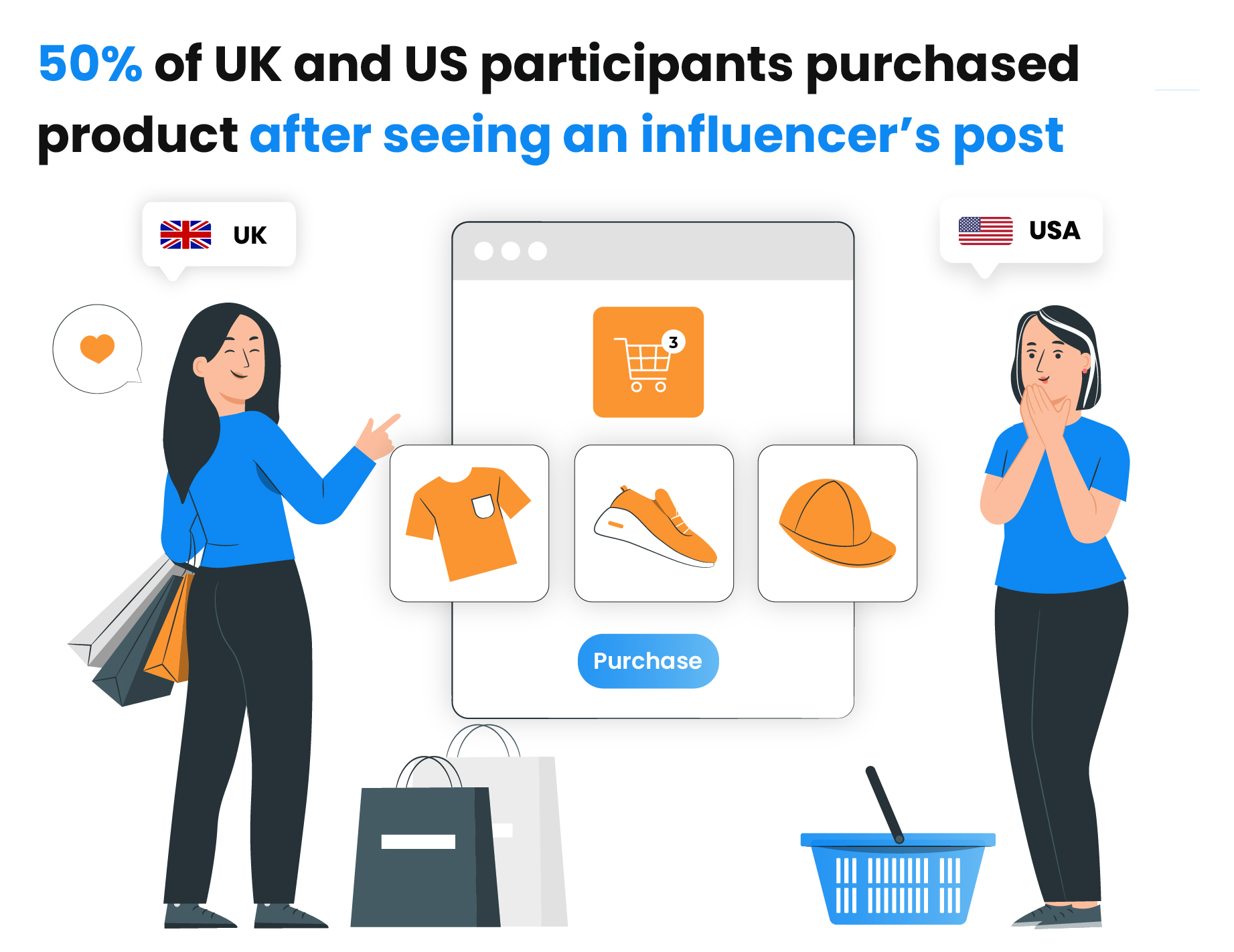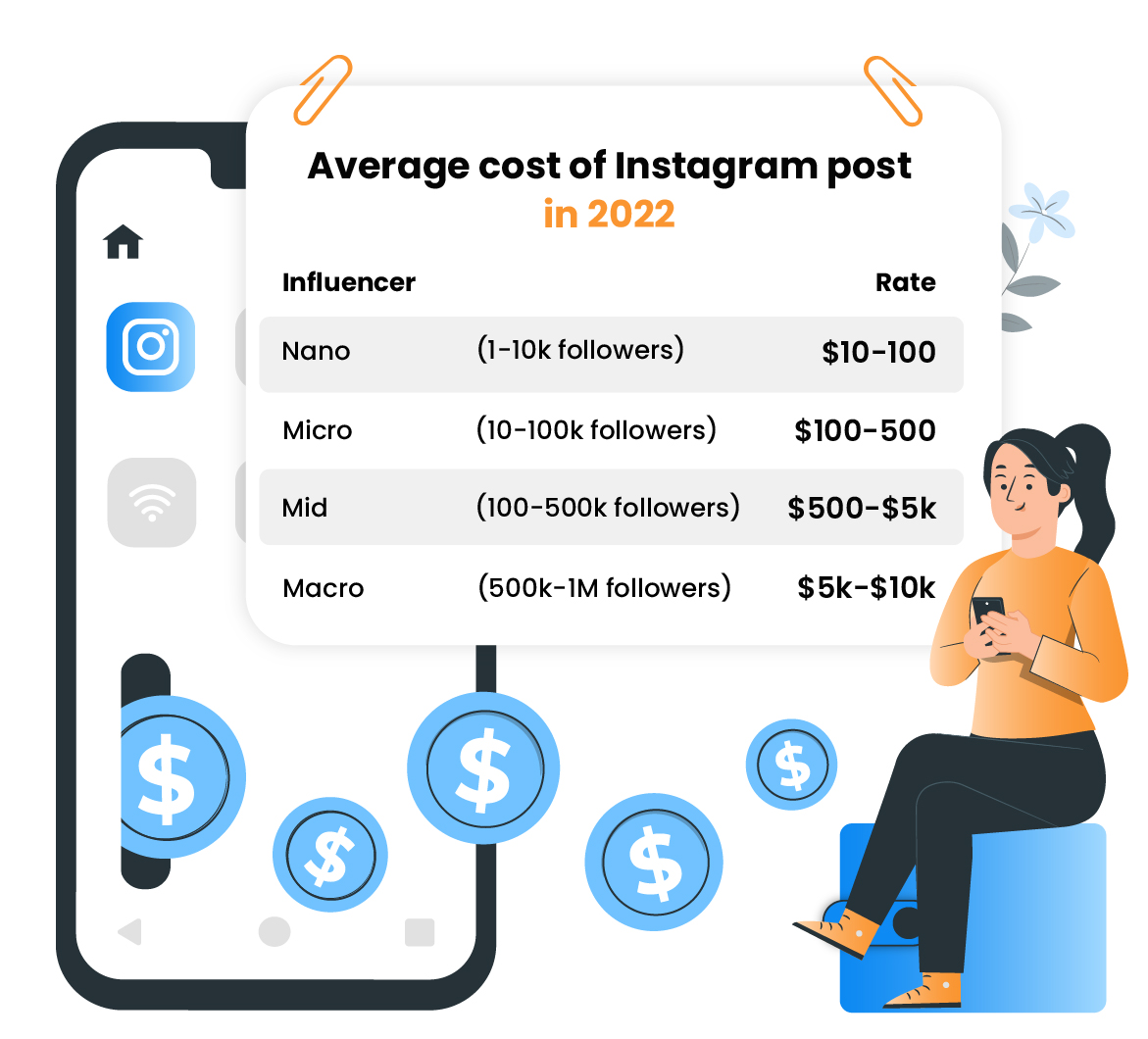
Top 20 Affiliate Marketing Conferences in the Asia
Affiliate marketing is leading in e-commerce. Check here to read about the upcoming affiliate conferences in Asia this year.

Discover the top affiliate marketing trends for 2025, including the rise of seasonal sales, subscription models, native advertising, video content, and micro-influencers to boost your affiliate campaigns.
The majority of us probably greeted the dawn of 2024 with a sigh of relief. We don’t think there’s a single industry that got through the previous year completely unscathed. The pandemic forced companies in various sectors to adjust to the “new normal”, which sometimes meant an overhaul of a business model, or a complete change of operational strategies.
The affiliate marketing industry is no exception.
Plenty of companies decided to reduce their spending on advertisements or put affiliate programs on hold until the situation improves.
Data indicates that 63% of Americans cut back on spending during the COVID-19 pandemic due to feeling uncertain about the future or having lower incomes. No wonder that some companies took drastic measures to reduce their outgoings as well. Amazon, for example, slashed their affiliate commission rates by half.
But now that we’ve finally made it to the new year, it’s a good moment to have a look at which affiliate marketing trends are expected to be big in 2025. We have looked through various predictions and picked five affiliate marketing trends that we expect to boom this year.
Have you noticed that there’s always a gym pass promotion right at the beginning of a new year? People tend to look forward to and prepare for holidays or seasonal changes, so they might spend a bit more money on shopping than usual. Marketers know this well, as they have been using holidays and seasonal changes to boost their sales for years.
Affiliate marketers could also benefit from this tactic. It’s not that evergreen product campaigns are gone, but taking advantage of seasonal events or special occasions and optimizing your campaigns to match them may be just what you need to increase your affiliate revenue .
Have a look at your website’s performance during the year and identify when you saw an increase in traffic and sales. Are they related to specific seasons, holidays, or keywords? Another place you can look to predict sales patterns is Google Trends. This tool will quickly help you decide when you should start your new seasonal campaigns.
For example, many people decide that it’s high time to take care of their health right after New Year’s Eve celebrations and before each summer season. And because of that, there’s a surge of interest in gym passes, fitness apps, and nutritional supplements at those times of year. And while the ongoing pandemic generally doesn’t allow us to hit real gyms, fitness apps have proved to be a pretty good alternative. They grew in popularity by a whole 67% last summer.
Keep an eye on the e-commerce calendar and think about creative ways to use the holidays to boost your business. If you don’t see anything that could fit your product or industry, you could always create a new “theme day” relevant to your industry and use it to promote your products. Who knows, maybe it will become the new Cyber Monday in a few years.
Promoting and selling “one-time payment” products is an essential part of affiliate marketing. However, you could also look into ways of offering subscription-based services that can net you a predictable revenue.
According to Zuora’s research, 71% of adults in the 12 surveyed countries have subscribed to a service and 74% believe that people will subscribe to even more services and own less physical goods in the future. A subscription service doesn’t necessarily mean only software licenses and gym passes either. Nowadays, many businesses offer subscription boxes with carefully selected items delivered straight to customers’ homes. Snacks from around the world, daily meal boxes, the newest gadgets, cosmetics, or maybe toys for kids? Whatever you want, there’s a box service for it.
These subscription boxes are hugely convenient from the customer’s point of view. They can get exactly the products they need, delivered to them regularly without having to go shopping. This kind of service seems even more convenient nowadays, since frequent store visits can be quite problematic.
Subscription boxes also have a ton of benefits for marketers.
First, the subscription model gives you a predictable monthly revenue. Depending on the subscription type, you are more likely to know how long each customer will continue to pay for a service. The subscription model is also more attractive to customers since products seem to be less costly this way. Subscription-based services also help build customer loyalty to a brand, and often make it easier to offer clients additional products.
The majority of internet users have ad-blockers installed to browse the internet in peace. They don’t want to be annoyed by noisy, disruptive, throttling, and sometimes dangerous ads on the internet. What’s more, ad blindness is a real concept that describes website users consciously or subconsciously ignoring anything that resembles an ad. That’s why getting through to potential customers with paid ads is becoming increasingly challenging.
Native ad (ads which don’t look like typical ads) were created to overcome this problem. Since this type of paid content will match the visual design of the website where it appears, they will feel like the ads are an integral part of the page.
One of the most popular formats of native advertising is “recommended content”. These are videos or articles about topics related to those that a website visitor recently watched or read. Usually these native ads are positioned just below or next to the original content, from which they are only distinguishable due to a “sponsored by” label. Recommendation widgets or in-feed recommendations are often used as well.
Website users are far more likely to see and click on such articles because they don’t even feel like regular ad banners, especially if the recommendations match their interests. Thanks to that, visitors can consume paid content in the same way they usually do, without breaking their routine.
Internet users love videos. In an Animoto survey, videos were chosen as the #1 method by which consumers discovered a brand and later purchased a product. In the same study, 93% of companies said they gained new customers from their video marketing efforts.
Videos are engaging. They provide essential information in a format that requires less time than reading a body of text. What’s more, it’s often much easier to understand the benefits of a product or service when delivered through video. According to Wyzowl, 95% of video marketers said video has helped increase user understanding of their products or services. And that was before the pandemic hit the world! During lockdowns, the amount of time people spent watching videos on YouTube and following series on Netflix or Amazon Prime reached an all-time high.
Social media users especially like watching and sharing videos. So, since affiliate marketing is largely based on social media and blogs, why not use videos to your advantage? There are plenty of content formats to use as affiliate content , from unboxing videos and product reviews to tutorials and comparison videos. Tutorials are especially popular, and 90% of consumers say that product videos help them make buying decisions. Video content will also help you improve your SEO, which includes building quality backlinks, increasing your CTR, and in turn boosting your credibility.
Celebrities or Instagram stars often have several thousands or sometimes even millions of followers coming from all over the world. And we know that getting them to promote your products or services may seem tempting. However, one problem is that these people are often approached by multiple companies to promote products, and influencers ’ financial expectations are only growing. Another issue is that you have no guarantee whether or not the reach of an Instagram user with 3 million followers will translate into decent revenue, because their fanbase might be too varied.
So instead of aiming for the top stars, how about looking at micro-influencers ? These are people who focus on a specific niche or area they are knowledgeable about, such as the newest gadgets. While their 1,000 to 100,000 users’ follower count might seem small compared to the millions that a fashion celebrity might have, micro-influencers prices are much lower. Partnering with a travel blogger or a gadget geek won’t break your budget, but what’s also important is that their audience is usually more engaged and knows a lot about a given industry or topic.
This way, brands can bank on followers being interested in similar things to the influencer, and thus more likely to try out a recommended product.
2024 wasn’t an easy year for anyone, but it’s finally behind us. Now it’s time to look forward to the new (and hopefully better) things that 2025 will bring, including new affiliate marketing trends to capitalize on. To give yourself a head start in the new year, how about leveraging the trends mentioned above in your next affiliate campaign ? Maybe you’ll find out that one of the methods works wonders for your business and promotion of your products or services. We sincerely hope so!
The key trends include leveraging seasonal sales, focusing on subscription-based products, utilizing native advertising formats, increasing the use of video content, and partnering with micro-influencers for targeted promotions.
Subscription-based services provide predictable monthly revenue, increase customer loyalty, and are more attractive to customers due to perceived lower costs, making them a growing focus in affiliate marketing.
Video content engages audiences, improves brand understanding, and drives conversions. It is highly shareable on social media and helps boost SEO, making it a vital tool for affiliate marketers.
Micro-influencers have more engaged, niche audiences and offer cost-effective promotions. Their followers are typically more interested in the influencer’s recommendations, leading to higher conversion rates.
Lucia is a talented content editor who ensures the seamless publication of content across multiple platforms.
Stay ahead of the competition by leveraging the latest affiliate marketing trends for 2025. Discover expert insights and actionable strategies to maximize your affiliate revenue.
Affiliate marketing is leading in e-commerce. Check here to read about the upcoming affiliate conferences in Asia this year.
Starting your affiliate marketing journey can be tough. Read on to find out tips to the most common questions to make you a success.
Discover why affiliate marketing is the future of online business. Learn about low startup costs, passive income potential, scalability, and market growth proje...
Cookie Consent
We use cookies to enhance your browsing experience and analyze our traffic. See our privacy policy.






